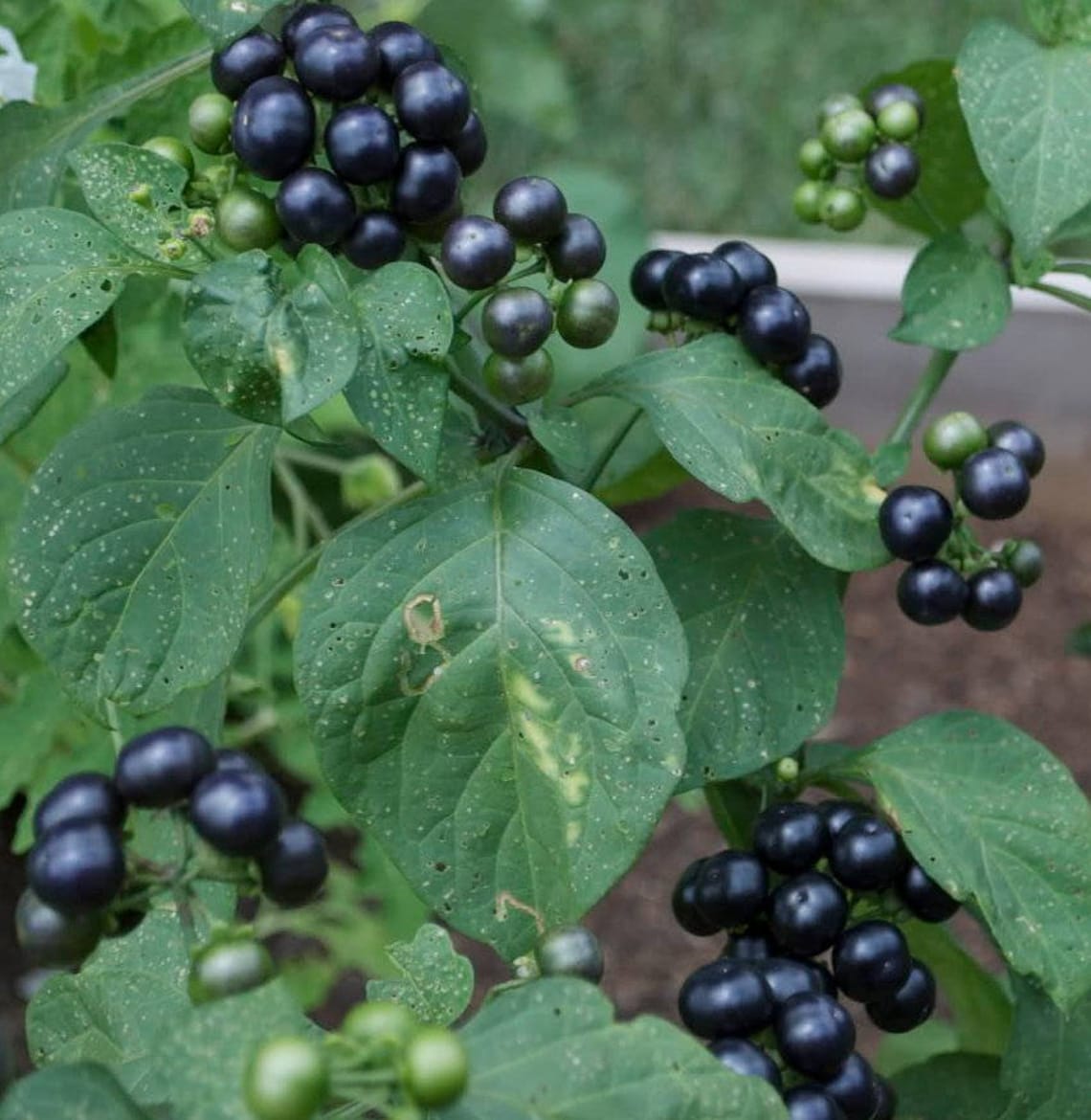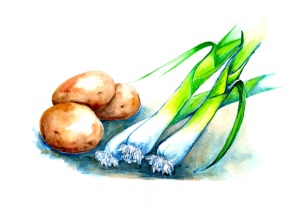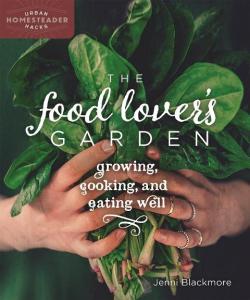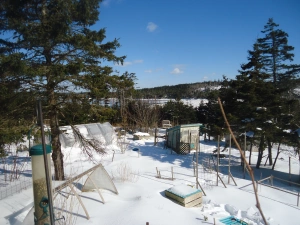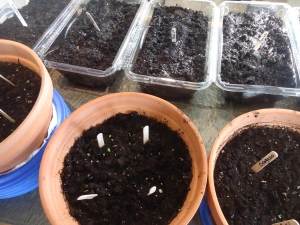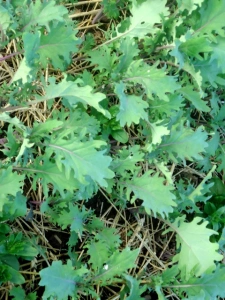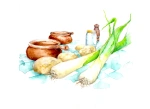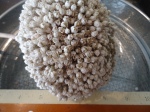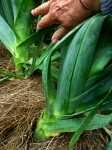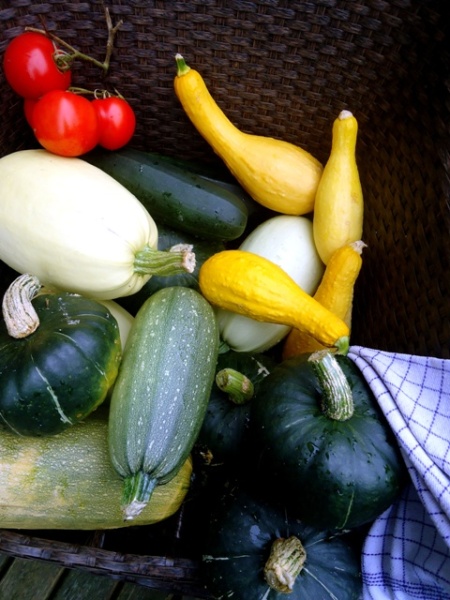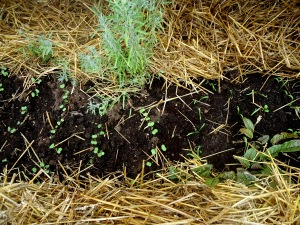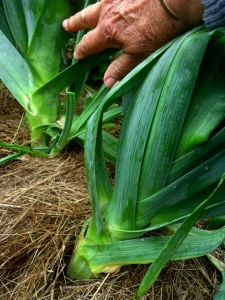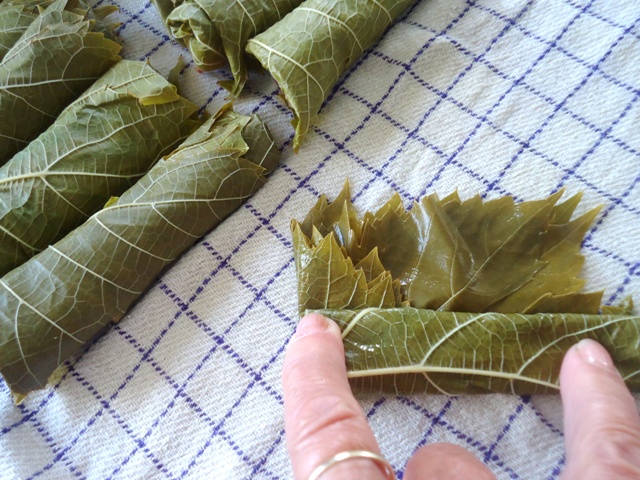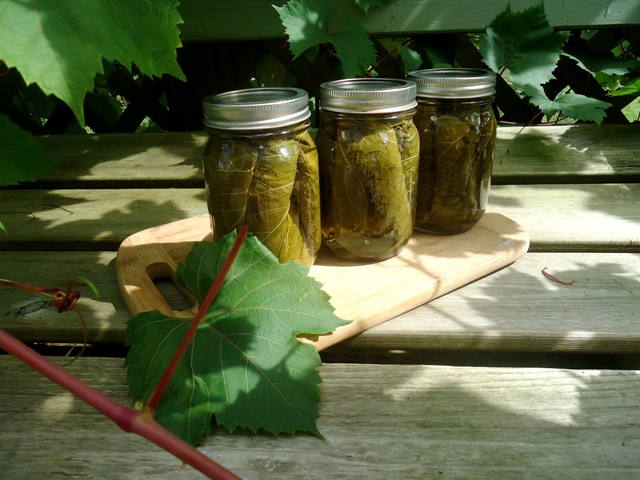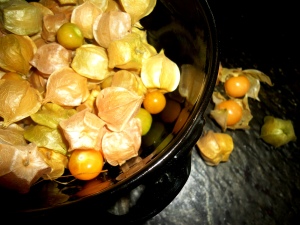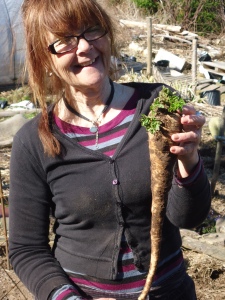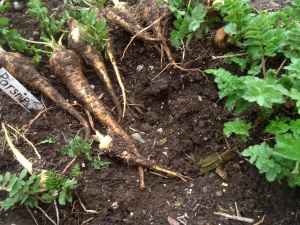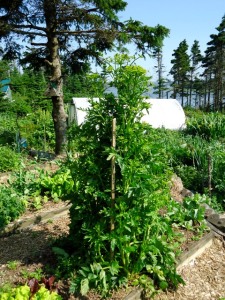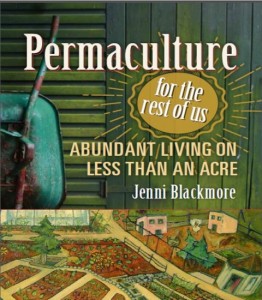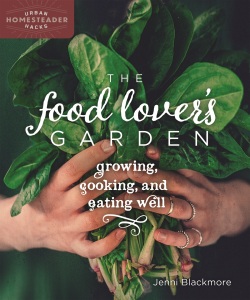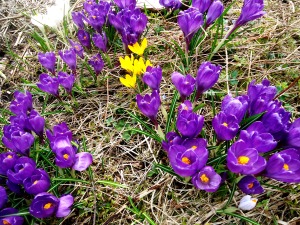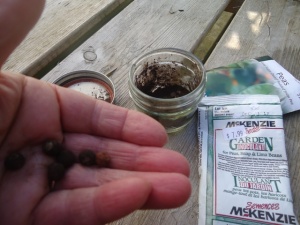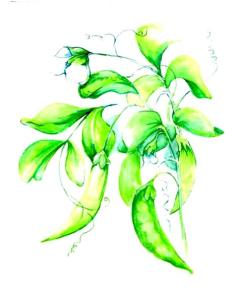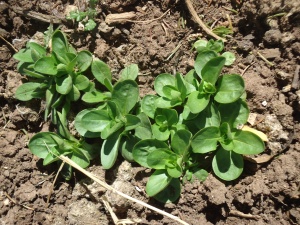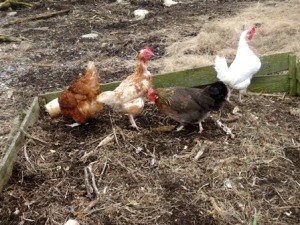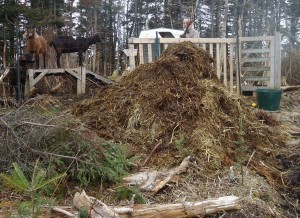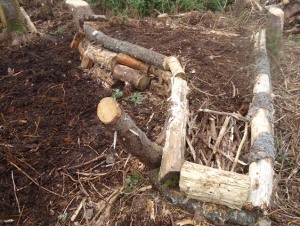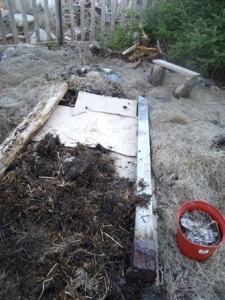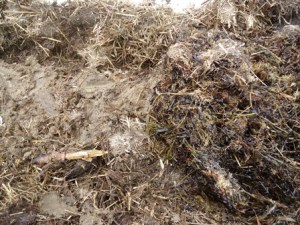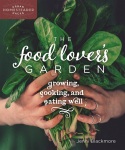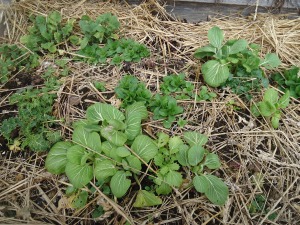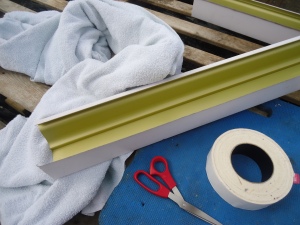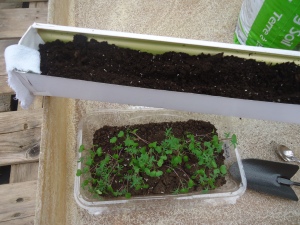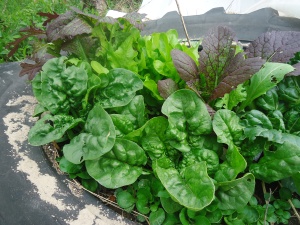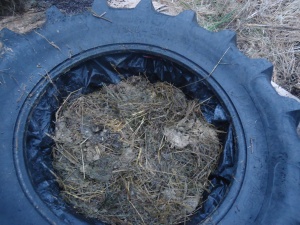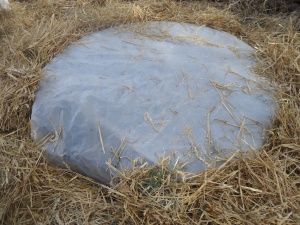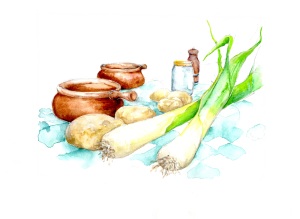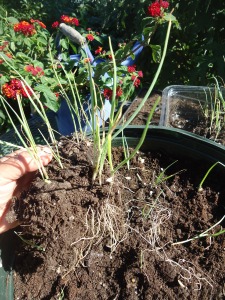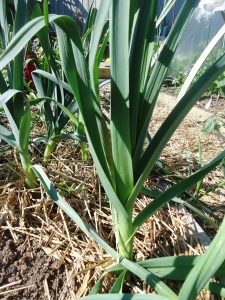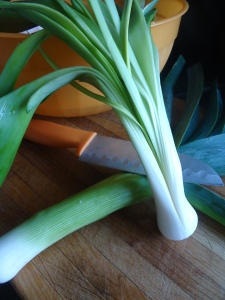
A bumpy learning curve on the goat breeding path
It’s been a rough ride these past couple of weeks! Did we make multiple mistakes? Or did one mistake compound all the other mishaps? That’s a moot point, but I hope anyone planning to breed goats can learn from our negative experiences and hopefully avoid them.

In the past we’ve had difficulty locating a buck for breeding purposes and then timing his presence with heat cycles. We also didn’t want a large buck as the girls we wanted to breed are on the small size. Handsome Henry, half Nubian, half Nigerian Dwarf seemed like the perfect solution, so we bought him. It was earlier than we would have liked, but we thought we could keep him in a separate stall until the time was right to breed for late spring births. Henry had other ideas. He’s a gentle, well behaved fellah, but also very determined when it comes to affairs of the heart. No gates or latches were high or strong enough to keep him from the objects of his affection. The consequence was that our ladies all became pregnant much early than we had planned which meant they would be birthing in the coldest part of the winter.
This was not good, but what made it worse were the weekly storms and freezing temperatures that have been endemic to this winter. We’ll never know whether or not it was one of these storms that caused earlier births than we’d expected! The fact remains that we had not yet isolated our does in their separate birthing pens when two of them decided to give birth simultaneously. Apparently there’s a window of ten days during which goats can control their time of birthing, either delaying or advancing it. We had not known of this phenomenon, not that foreknowledge could have changed what happened.

Had we known, we might have isolated the mom’s sooner, but instead we went out to the barn one freezing cold afternoon to find four, shivering wet newborns and two confused moms. It seemed they weren’t sure who was whose, and we certainly didn’t know. This meant that we couldn’t separate them at this point and were forced to leave both mom’s and all the kids together in the one pen. Not ideal.
Next problem was that it was the first birth for one of the does: her mothering instinct seemed not to have clicked in and she also appeared to have a very tender udder and flatly refused to feed anyone. For the first couple of days the other doe was attempting to feed all four babies but quickly gave up on that, aggressively rejecting one of them, to the point that we had to rescue it. What we didn’t know was that one of the other babies was also not getting enough to eat and it became hypothermic after one particularly cold night. For most of one very stressful day we attempted to get its body temperature back up to normal but it eventually died.
Dealing with hypothermia – some things to consider
We have wonderful neighbors who are also paramedics and we learnt a lot about treating hypothermia on that cold and heart-breaking day.
It’s essential to raise to core body temperature before the extremities
Stoking up the wood stove and keeping an ongoing supply of warm towels to wrap it in was obviously not near enough, so then we wrapped it in a down-filled jacket and used a hair dryer to blow air in through one of the sleeves until we could construct a hot box – any kind of box that’s totally enclosed except for one hole to blow hot air in through and one to vent it out of. As a last resort we wrapped the baby in a plastic bag and submerged it in a warm bath. All these efforts did finally pay off by raising its temperature but shortly after reaching this desired goal, the poor little thing expired. The exact cause is hard to identify: it was most likely hypoglycemia, all the sugar resources having been used up by the effort of trying to keep warm, but there was also the possibility that it too had been rejected by the one harried doe trying to do the work of two. There could also have been a pre-existing condition that was preventing it from absorbing nutrients. We’ll never know for sure, but if we had weighed the babies consistently from birth would might have noted that it was losing, rather than gaining weight. One hard lesson learned! Another lesson being that even if hypoglycemia is suspected, nothing should be forced into the patient’s mouth. (We did risk rubbing its gums with a little diluted molasses.)
Reintroducing a rejected baby goat
Not surprisingly this experience made us overly protective of the other baby that had been rejected. We kept it inside during a bitterly cold night and bottle fed it a couple of times before making several attempts to reintroduce it to the doe we thought was most likely to be its mother. We had fed it milk substitute (the equivalent of baby formula for goats) when we should have expressed some milk from the doe. Apparently, the mother doe smells the urine of the baby and knows the smell of her own milk, ergo of her own baby. There’s also the issue of colostrum, the first fluid secreted by the mother which is rich in antibodies and strengthens the offspring’s immune system. We knew our bottle-baby had fed a little bit from both mothers and so were not so worried about colostrum intake, but we didn’t know about the milk/urine identification by the doe. The mother simply would not accept the baby (to the extent of biting half its tail off during a body slam) so it’s now a semi-permanent house guest

This has been a long and arduous post but I hope it might save at least a few others to avoid the mistakes we made. Next post will be much happier I promise, with pictures of frolicking kids and bottle-baby Abigail.



